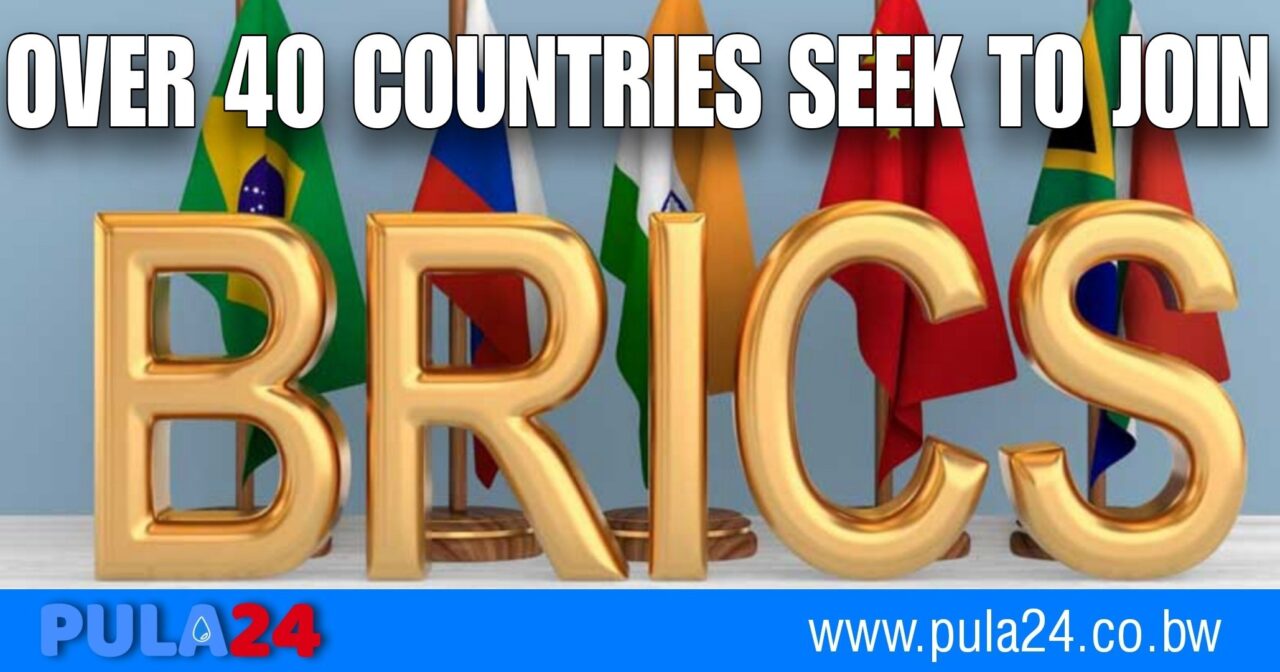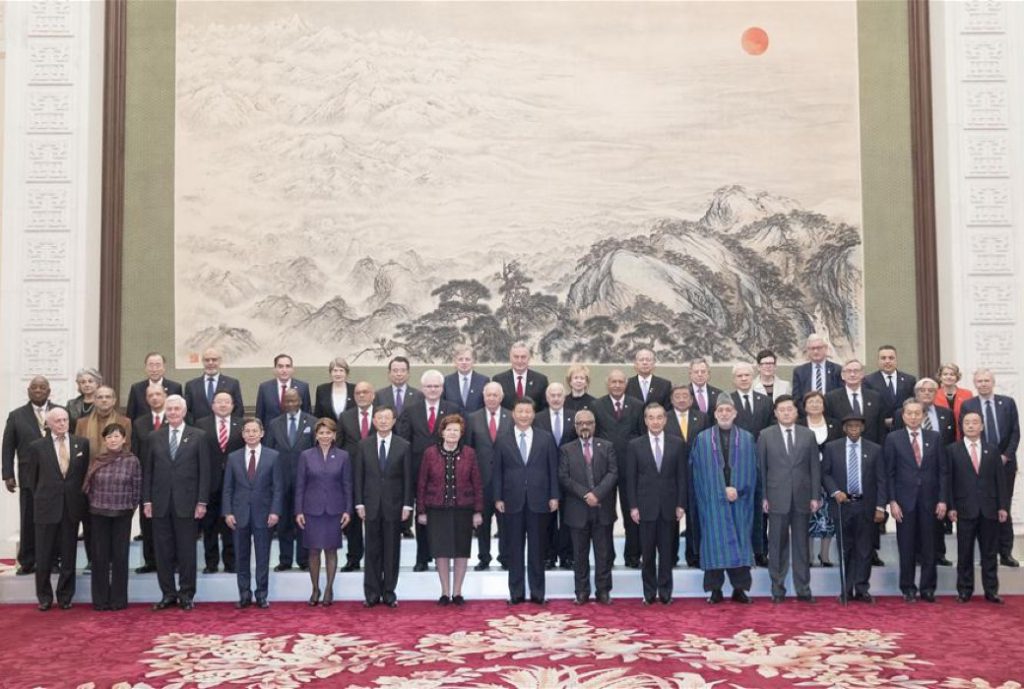10 mins read
Russia’s opposition abroad is tearing itself apart, but clings to hope
Many Russians who want to see change in their country are increasingly doubtful that the opposition in its current form can lead the fight to transform the country.
6 mins read

The tripolar configuration has been replaced by unipolarity, i.e., the total hegemony of one state—the United States of America. Some countries, like Yugoslavia, Iraq, Libya, and Syria, tried to challenge this world order, but the U.S. immediately declared them “outcasts,” and the most cruel punishment, including military interventions, came almost immediately. Russia, whose economy was destroyed by the oligarchic capitalist shock therapy reforms, many of which, as even the U.S. Congress and Washington Post in the article titled “Who Robbed Russia?” admitted, were imposed by Clinton-Gore White House, was too weak to resist this hegemony.
However, things started to change at the beginning of the 21st century, initially on a positive note. New U.S. and Russian Presidents George W. Bush and Vladimir Putin established a warm and friendly relationship. Ironically, it was the 9/11 Al-Qaeda terror attack that facilitated this promising development. Bush was so impressed and grateful to Putin for his invaluable help in the first October 2001 Afghan operation that he offered him not only a red-carpet welcome to Washington but also invited Putin to his home in Texas. Here is a direct quote from GW Bush made in front of Crawford High School students on November 15, 2001:
“It’s my honor also to introduce President Putin to Crawford. I bet a lot of folks here, particularly the older folks, never dreamt that an American President would be bringing the Russian President to Crawford, Texas. A lot of people never really dreamt that an American President and a Russian President could have established the friendship that we have. We were enemies for a long period of time. When I was in high school, Russia was an enemy. Now the high school students can know Russia as a friend; that we’re working together to break the old ties, to establish a new spirit of cooperation and trust so that we can work together to make the world more peaceful.”
At the follow-up reception at the Russian Embassy upon returning from Texas, Putin emotionally pledged to the U.S. VIP guests that “we are ready to be as close to America as it is ready.”
Regrettably, it didn’t take too much time for those who believed that the new era of U.S.-Russia relations had begun to be disappointed when Bush quickly “thanked” Putin through the “democracy promotion” crusade on post-Soviet space, abrogation of the ABM treaty, and worst of all, pushing for Ukraine and Georgia joining NATO.
Putin felt betrayed and responded with a bitter statement at the February 2007 Munich Security Conference. He said the U.S. self-proclaimed dominance resulted in “no one feels safe!” and emphasized how Russia perceived eastward expansion as a threat: “I think it is obvious that NATO expansion does not have any relation with the modernization of the alliance itself or with ensuring security in Europe. On the contrary, it represents a serious provocation that reduces mutual trust. And we have the right to ask: against whom is this expansion intended?”
The first case after this speech, when Putin challenged U.S. dominance, was a decisive rebuff to Georgia’s attack on Russian peacekeepers in South Ossetia in August 2008. The then-President of Georgia, Saakashvili, counted on U.S. military support, but it was only verbal. Eventually, Saakashvili was arrested by the new Georgian government, which recently apologized to Russia for his actions in 2008.
At the same time, irreversible changes have occurred over the 30 years since the end of the Cold War. The Asia-Pacific region began to play a more significant role in the world’s financial and economic systems. China’s gross domestic product has almost reached the American level. Russia has recovered from the horrors of the 1990s, which oligarchs and Western advisors inflicted. Members of the U.S. Congress have admitted this in their September 2000 report. Also, the “Asian tigers” and African countries have begun to rise to the occasion, with some demonstrating good economic and demographic indicators.
The next significant move away from a unipolar world order came in June 2009, when, at their first summit, the BRIC states (Brazil, Russia, India, and China) affirmed their commitment to a multipolar world order and global noninterventionism. They called for a new international reserve currency as an alternative to the U.S. dollar. In 2011, South Africa joined the organization, and the group’s acronym changed to BRICS. Now, it is called BRICS+ after five new countries – Egypt, Ethiopia, Iran, Saudi Arabia, and the United Arab Emirates joined the alliance.
Recently, South African Minister of International Relations and Cooperation Naledi Pandor relayed that 34 countries had formally submitted expressions of interest in joining the bloc, more than 20 of which had actively submitted membership applications.
Suddenly, Washington has found itself in a situation where its ambitions do not match the available ammunition. The world order built by the U.S. does not suit not only those whom the State Department calls the new “axis of evil” or “revanchists” (like Russia, China, Iran, and North Korea) but also the overwhelming majority of what is now called the “Global South.” A world without aggressive wars, sanctions, information attacks and defamation, income inequality, and contempt for the environment – this is what people in Asia, Africa, and Latin America are striving for.

One could say that BRICS + is the reincarnation of the Non-Aligned Movement, filled with much more content. BRICS+ unites two permanent members of the UN Security Council, three nuclear powers, and four on the list of the largest economies on the planet.
At the upcoming October 22-24 summit in the Russian city of Kazan, at least 33 countries will be represented by their leaders interested in building an alternative world order, not against the West, but parallel to it. Members of the BRICS+ do not intend to revive bloc thinking; they want to form mutually beneficial win-win formats, build a sovereign payment system and reliable logistics corridors.
Their basic principles are independence and regional sovereignty, multipolarity, peace, free trade without artificial barriers and sanctions, and win-win cooperation instead of dictation and confrontation.
Let us conclude with the June 2023 statement of then Chairman of the Joint Chiefs of Staff General Mark Milley, who acknowledged in a speech to graduates of the National Defense University that the short-lived period of unipolar world was over and “It is becoming increasingly clear that we are really in a multipolar international environment…”
Will the new White House administration make a final bet on confrontation and nuclear escalation, or will it join on an equal footing in forming a multipolar world order?